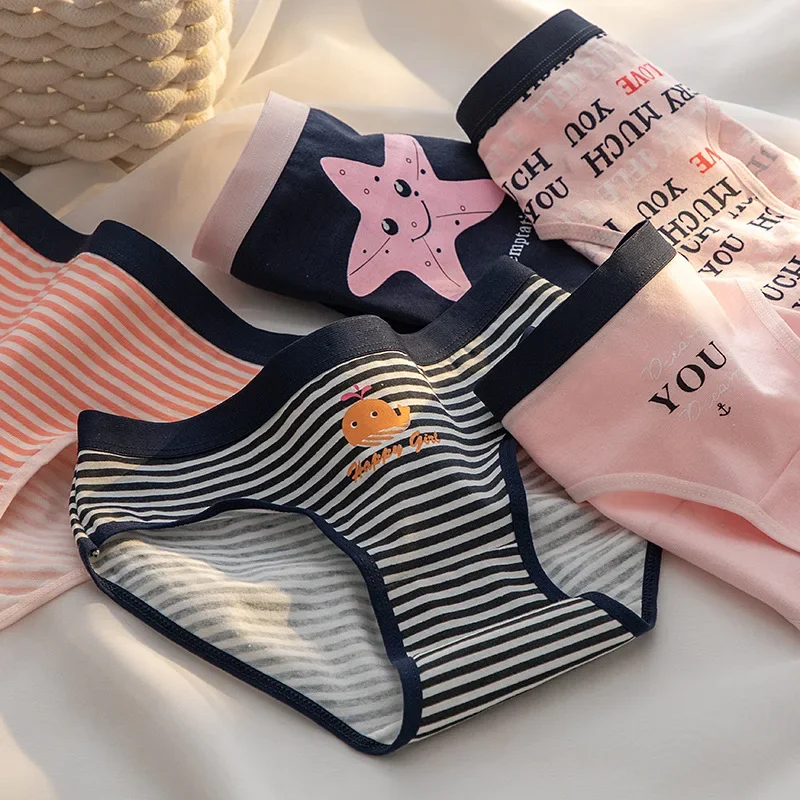The Basics of Underwear Material
When choosing underwear, material matters as much as style and fit. Let’s dive into the basics.

Cotton Characteristics
Cotton is a natural fiber loved for its softness. It’s breathable, making it a go-to for comfort. Its ability to absorb moisture helps keep the skin dry. As a hypoallergenic fabric, cotton is also gentle on the skin, reducing the risk of irritation and allergies.
Nylon Characteristics
Nylon is synthetic and known for its strength and durability. It dries quickly and has excellent moisture-wicking abilities. Nylon underwear fits snugly thanks to its great elasticity. However, it’s less breathable than cotton, which might be a drawback for those with sensitive skin.
Pros and Cons of Cotton Underwear
Cotton underwear stands out for several reasons. Its natural fibers offer distinct advantages and challenges. Let’s explore them.
Comfort and Breathability
Cotton’s natural fibers make it highly breathable. This means air can flow freely, keeping your skin cool and reducing sweat buildup. Its soft texture also adds to the overall comfort, making it an ideal choice for daily wear. Plus, cotton’s moisture-absorption qualities help maintain a dry environment, decreasing the chance of skin irritation.
However, if cotton gets wet, it tends to stay damp longer. This can be uncomfortable if you’re exercising or in humid conditions. Also, because it absorbs sweat, it might not be the best option for intense workouts.
Durability and Maintenance
Cotton underwear is known for its durability, often withstanding multiple washes without losing its shape. The fabric’s softness can even improve with age. It’s relatively easy to care for, requiring no special treatment like some synthetic materials.
On the downside, cotton may shrink if exposed to high temperatures during washing or drying. It also can wrinkle and may require ironing to maintain a neat appearance. Dye retention can be an issue—colors can fade over time, especially when washed in hot water. When thinking about nylon underwear vs cotton, always consider these maintenance aspects.
Pros and Cons of Nylon Underwear
Nylon underwear presents its unique set of advantages and disadvantages. Let’s delve into why you might or might not choose nylon for your next underwear purchase.
Moisture-Wicking Abilities
Nylon’s synthetic fibers stand out for their moisture-wicking capabilities. They pull moisture away from the skin, keeping you dry during workouts or hot days. This makes nylon a popular choice for athletes and those with an active lifestyle. It’s particularly useful in humid weather or during exercise, as it can help reduce the discomfort caused by sweat.
However, while nylon is quick-drying, it’s not as absorbent as cotton. This means that while moisture is drawn away from the skin, it doesn’t get absorbed into the fabric. Thus, nylon might not keep you as dry as cotton in certain situations.
Elasticity and Fit
One of the key benefits of nylon underwear is its elasticity. Nylon stretches more than cotton, providing a snug, form-fitting shape. This stretchiness ensures that nylon underwear adapts well to your body’s movements, making it feel like a second skin. The close fit is especially advantageous for form-fitting clothing, as it can reduce lines and wrinkles that may appear with bulkier fabrics.
On the downside, some find that the tightness can be less comfortable for all-day wear. Additionally, because nylon is less breathable, snug nylon underwear may increase the risk of skin irritation, especially in warm climates or for those with sensitive skin. When deciding in the nylon underwear vs cotton debate, remember to consider your comfort and fit preferences.

Comparing Lifespan and Sustainability
When you’re deciding between nylon underwear vs cotton, considering their lifespan and sustainability is vital. Knowing how each material affects our environment can influence your choice.
Longevity of Cotton vs. Nylon
Cotton underwear is known for its durability. It can handle multiple washes without losing comfort or shape. Over time, cotton may even become softer. However, it’s important to note that cotton can shrink with high heat and may fade after many washes.
Nylon offers a different kind of longevity. Its synthetic fibers resist wear and tear, making nylon underwear less likely to pill or stretch out. It maintains its color and shape well, even after frequent washing, but its longevity can be a double-edged sword in terms of sustainability.
Environmental Impact
The production of cotton is resource-intensive. It requires a significant amount of water and pesticides, which can harm the environment. On the positive side, cotton is biodegradable, which means it will eventually break down and integrate back into the earth.
Nylon’s production involves petroleum and emits nitrous oxide, a potent greenhouse gas. The synthetic nature of nylon also means it takes much longer to break down than cotton, contributing to landfill waste. However, advancements in recycling technologies are seeking to mitigate nylon’s environmental footprint.
Choosing between nylon underwear and cotton involves not just personal comfort and style but also an awareness of each material’s lifespan and environmental impact. By considering these factors, you can make a choice that aligns with your values and lifestyle needs.
Understanding Skin Sensitivities and Allergies
When selecting underwear materials, understanding their impact on skin health is crucial, especially for those with sensitivities or allergies.
Cotton and Skin Health
Cotton is a preferred material for those with sensitive skin. Its hypoallergenic properties make it gentle and less likely to cause allergic reactions. The breathability of cotton allows for better air circulation, reducing the chances of sweat accumulation and skin irritation. Since it is a natural fiber, it does not contain chemicals that could trigger skin issues.
Nylon and Irritation Potential
Nylon, while durable and moisture-wicking, has less breathability, which can create a moist environment that contributes to skin irritation. For individuals with allergy-prone skin, nylon may cause discomfort due to the chemicals and synthetic fibers used in its production. If your skin is sensitive or you have known allergies, you might want to choose cotton over nylon to avoid potential irritation.
Activity Suitability
When it comes to choosing underwear based on activity, material plays a crucial role.
Best Material for Sports and Active Lifestyles
For those with an active lifestyle who enjoy sports or frequent workouts, nylon underwear typically edges out cotton. Nylon’s moisture-wicking abilities keep sweat away from the skin. This helps athletes stay dry and comfortable during intense activities. Nylon’s elasticity also ensures a better fit, moving seamlessly with the body, which is vital during exercise. However, for extremely humid conditions or those with sensitive skin, a breathable cotton blend might suit better to prevent skin irritation.
Everyday Wear: Which Material Works Best?
Cotton underwear shines in everyday wear. Its high breathability and natural softness offer unparalleled comfort for daily activities. Cotton’s moisture absorption is beneficial for a day at the office or casual outings, reducing sweat build-up. Its hypoallergenic nature makes it the safer pick for those with skin sensitivities. However, if your day involves a lot of physical activity or you’re dressing for a sleek look, nylon’s snug fit and smooth silhouette could be advantages to consider in the nylon underwear vs cotton debate.

Making the Smart Choice for Your Lifestyle
Choosing the right underwear is much like picking a daily outfit. It’s a balance of comfort, function, and style. When debating nylon underwear vs cotton, think about your routine, skin health, and environmental values.
Balancing Comfort, Function, and Style
Underwear should first and foremost be comfortable. If comfort is your main concern, cotton is a standout choice. Its natural softness and high breathability make it ideal for everyday wear. But don’t overlook style and function. Nylon might be your go-to for high-energy activities or when you need a smooth look under slim-fitting clothes.
Cotton is cozy, but it might not match the snug fit and sleek silhouette that nylon offers. Likewise, nylon is functional, with its moisture-wicking abilities, but it may not give the same level of comfort for a full day’s wear as cotton does.
Choose a material that suits your lifestyle while also reflecting your style preferences. Opt for cotton if you prioritize a natural feel and skin-friendly fabric. Go for nylon if durability and a superior fit are what you need.
How to Decide What’s Right for You
When it comes to making a final decision in the nylon underwear vs cotton debate, consider these factors:
- Assess your daily activities. For office work or leisure, cotton has the edge. For sports, nylon might serve you better.
- Think about your skin. Is it sensitive or prone to allergies? If yes, cotton is likely your best bet.
- Ponder the environmental impact. If sustainability is crucial to you, cotton’s biodegradability is a significant plus, despite its resource-heavy cultivation.
In the end, the best choice is one that aligns with your personal needs and values. It could even be a mix of both materials, depending on your various activities throughout the week. Always try to test different types and see how your skin responds before settling on your ideal underwear material.